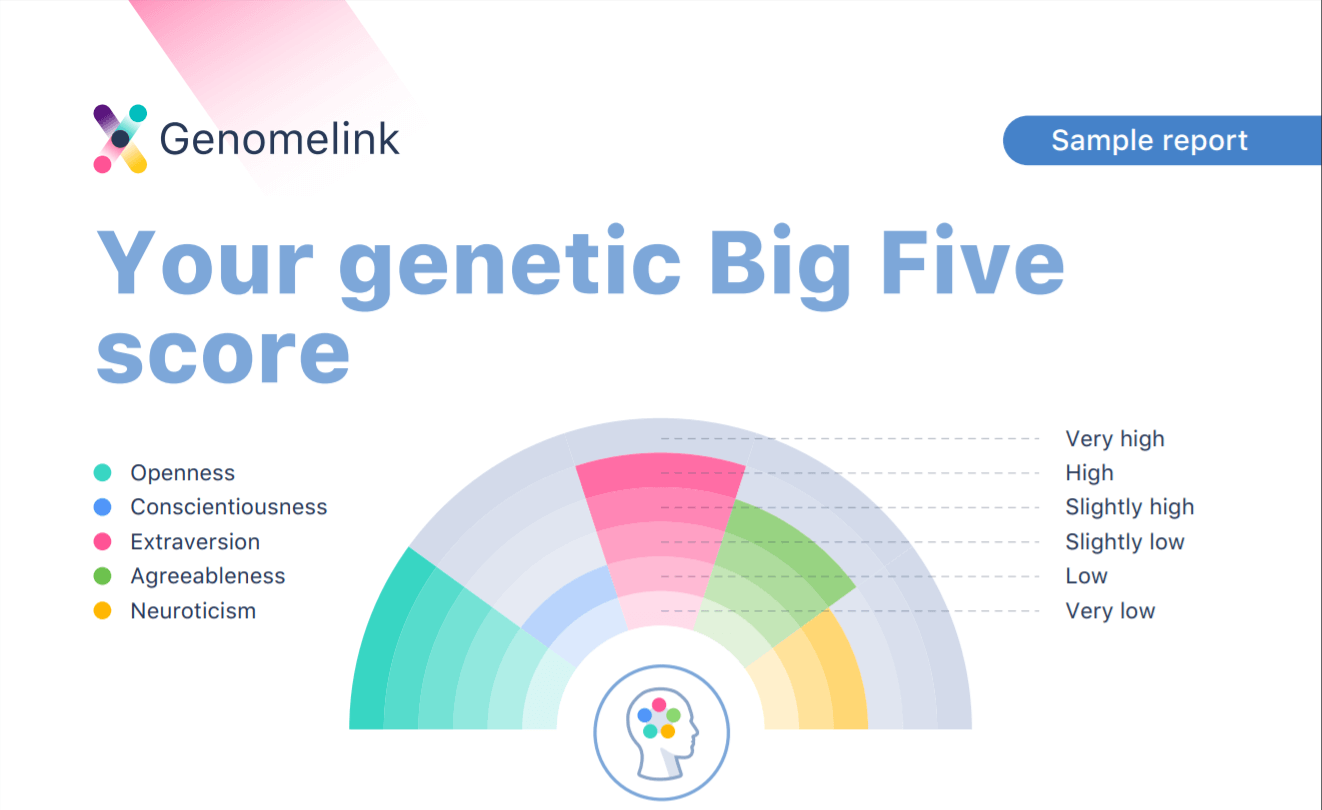

Multiple Sclerosis genetic testing is a way of understanding a person’s potential risk for developing MS in the future. Multiple Sclerosis Genetic Testing: When Should You Consider This protein combines with another protein called HLA-DR antigen-binding heterodimer and helps identify foreign particles in the body.Īccording to studies, the HLA DRB1*1501 variant of this gene is found more in people with MS, suggesting that it may contribute to the risk. This gene produces a protein called the beta chain that plays a role in immune functioning. While multiple genes can increase the risk of MS, an important one is HLA-DRB1 (major histocompatibility complex, class II, DR beta 1). This increases to up to 30% in the case of monozygotic twins.

Individuals with first-degree relatives with MS have a 3-5% chance of developing the condition themselves.

A study shows that the family recurrence rate of MS can be up to 15%. About 95% of all adults experience this infection at least once in their lifetimes.ĮBV infection during adolescence or adulthood may increase the risk of developing MS by over-activating the immune system. These cells can stimulate the immune system and encourage the development of an autoimmune condition like MS.Įpstein-Barr Virus infection (EBV infection)ĮBV infection is widespread in human beings and is mostly asymptomatic. Salt may encourage the activity of a type of cell in the immune system called the pathogenic T-helper 17 (Th17). In the recent past, there have been studies that relate high dietary salt intake with an increased risk of MS. Smoking causes DNA-level changes in the body, leading to autoimmune conditions. Smoking is one of the biggest preventable environmental causes that lead to MS. This could be why people in the northern hemisphere experience MS more. Some studies suggest that a lack of vitamin D could be associated with a slightly increased risk of developing MS. Environmental Factors Environmental Impacts on Multiple Sclerosis We will discuss more of this in the coming sections. That is why Multiple Sclerosis genetic testing is becoming popular in identifying one’s risk of developing the condition. While it is not easy to identify the exact cause of Multiple Sclerosis, experts agree that a combination of genetics and environmental factors play a role in increasing the risk. The RRMS is the most common type, affecting more than 80% of patients. The same study suggests that people in the northern latitudes are at higher risk for developing MS. Just like other autoimmune conditions, MS is more common in women than men.Ī nationwide study in Denmark concludes that the female-to-male ratio of MS is 2.35:1. The signs of MS usually sets in between ages 20 and 40.
Researchers have identified several genes associated with multiple sclerosis. Xcode Life's Multiple Sclerosis DNA Report


 0 kommentar(er)
0 kommentar(er)
